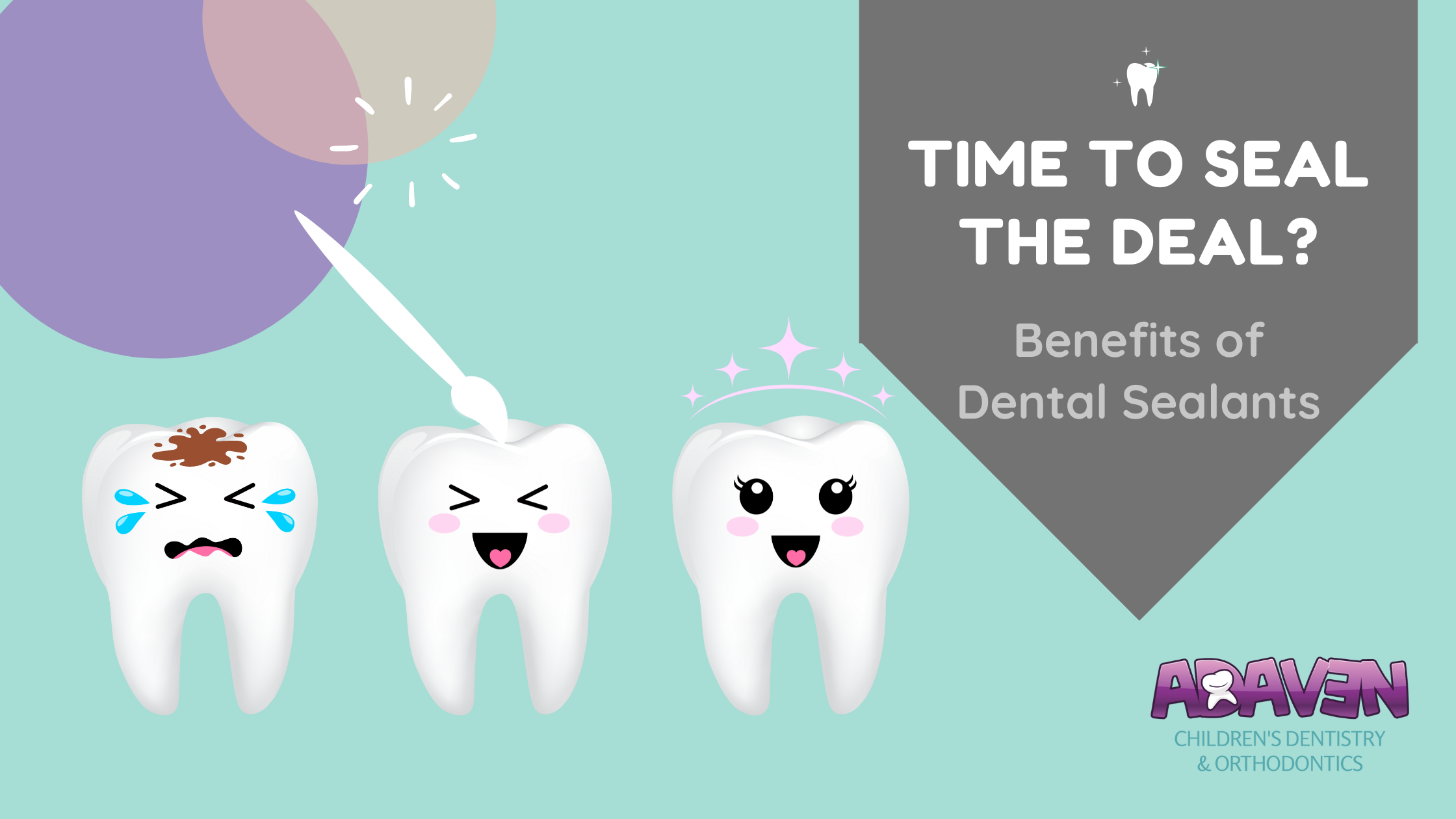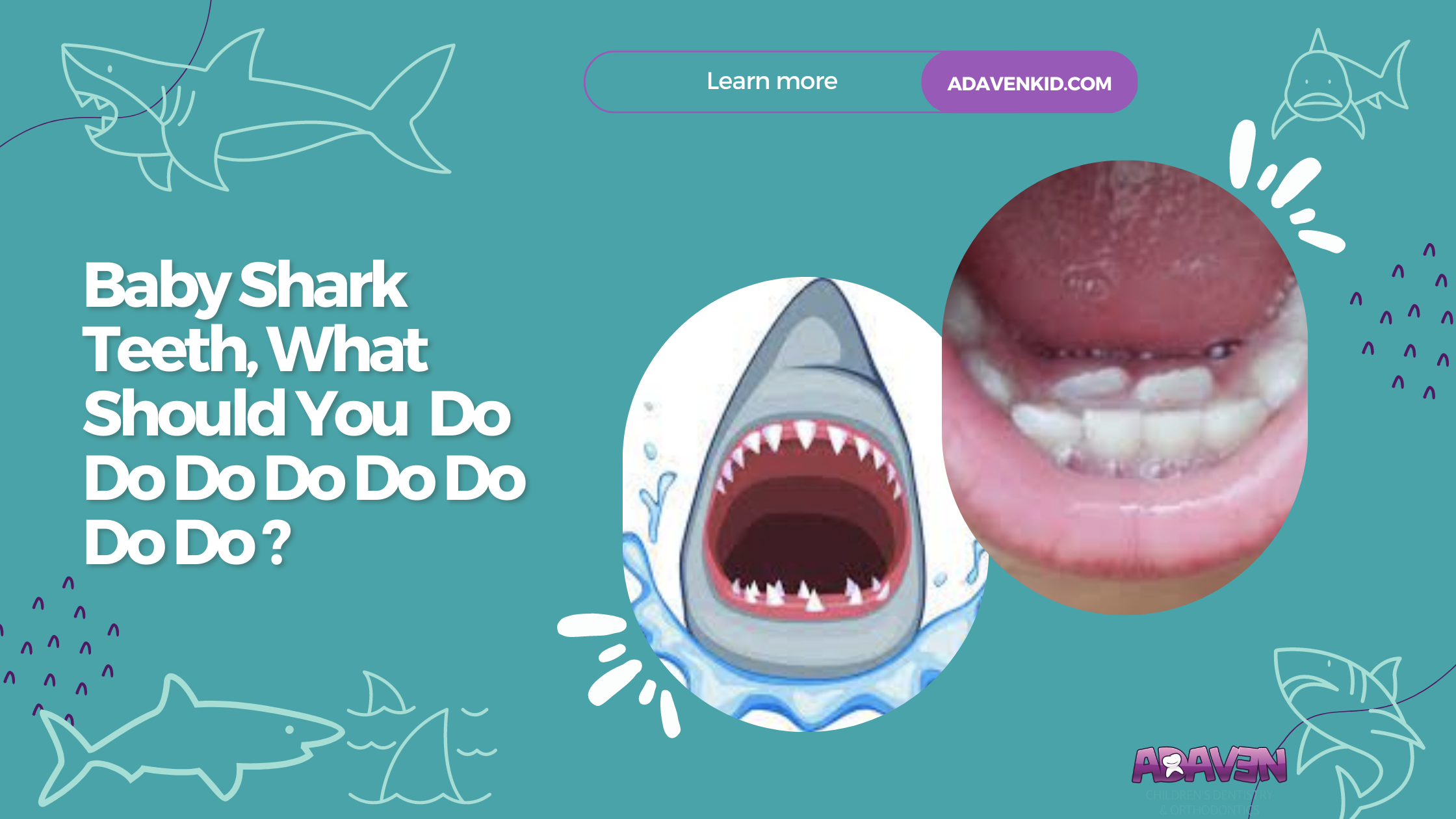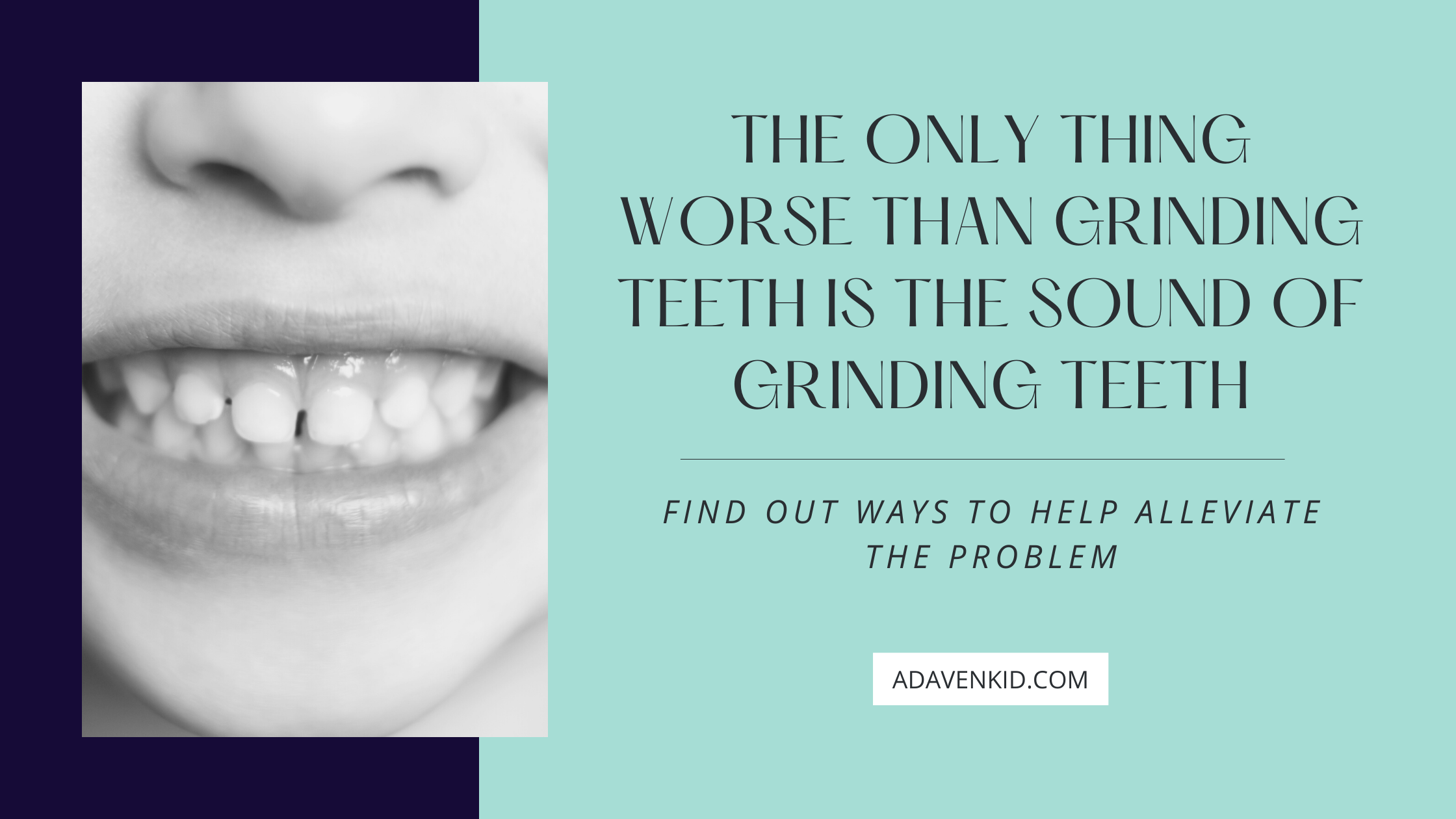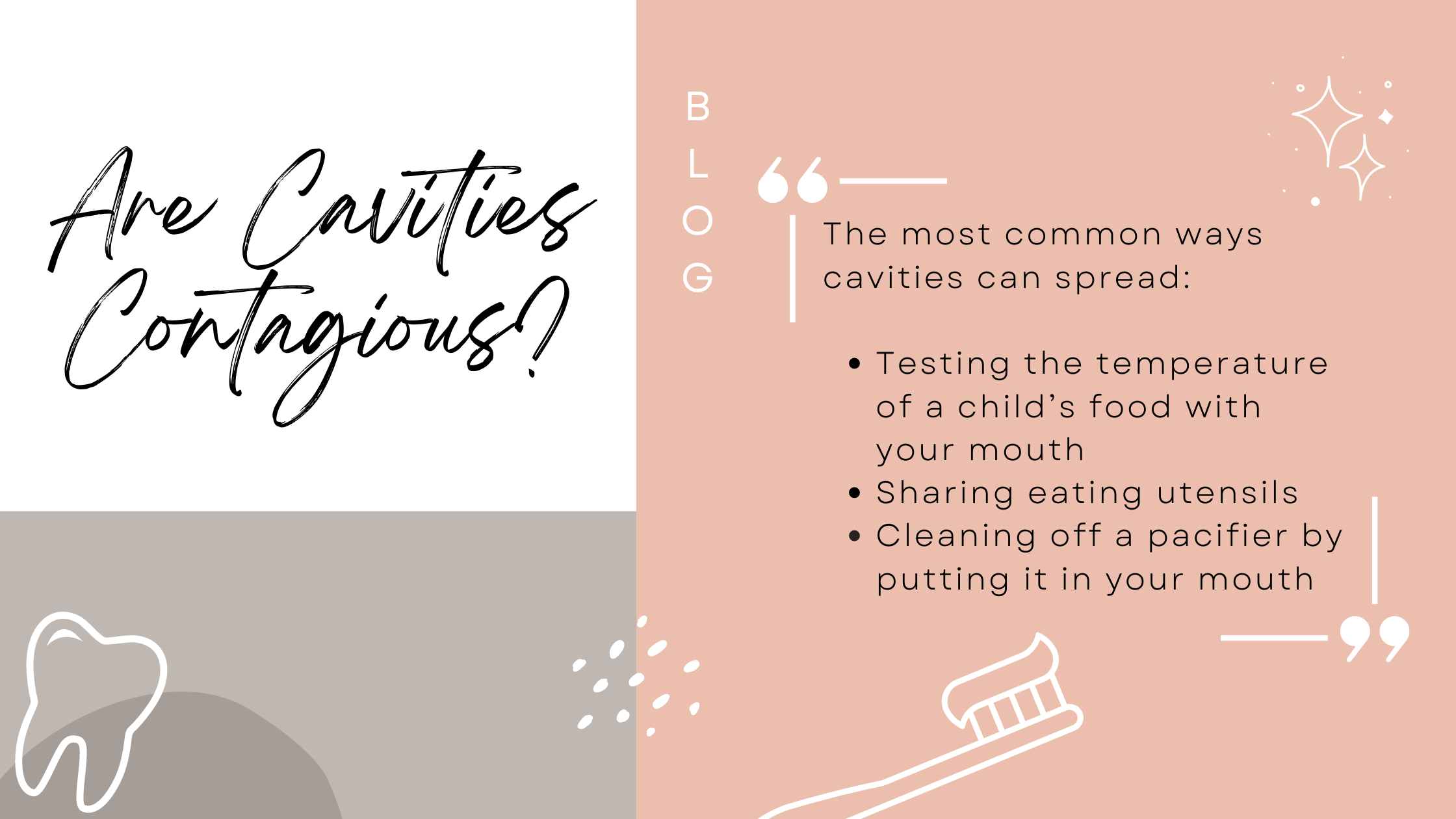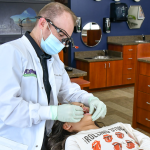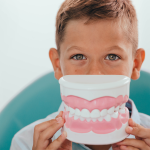What if I told you that a simple and inexpensive procedure could give your child an 80% chance of NOT getting a cavity?
No, I’m not talking about giving your baby false teeth.
I’m talking about a painless procedure that takes about 1-2 minutes per tooth and has benefits that can last a lifetime. Sound too good to be true?
Well, it isn’t. They’re called dental sealants.
Most people have heard of dental sealants, but according to the Centers for Disease Control and Prevention (CDC) only 42% of kids aged 6-11 have them.
And it’s a shame because the benefits of sealants are immediate and can last for several years, and sometimes even a decade, if performed correctly.
Sealants as a Safeguard
The CDC states that children aged 6-11 that don’t have dental sealants are three times more likely to have a cavity or tooth decay than those with sealants.
Think about that for a second.
Cavities can cause huge problems for oral health and can lead to not-so-fun and expensive procedures like fillings and crowns.
Sealants provide an extra layer of protection especially on the back teeth (or molars), where 9 out of 10 cavities occur, according to the CDC. Usually children with deep grooves or pitted areas in the teeth are encouraged most to get sealants, but the protection provided is good for all kids with permanent teeth coming in, and sometimes even kids with baby teeth.
Having these grooves in the teeth makes it difficult for children to properly clean those areas with a toothbrush, which means if a cavity develops it’s not necessarily the kid’s fault. Sealants are a great preventive measure to take to protect your childs teeth for years to come.
What’s a Sealant
Perhaps the best part about dental sealants is that they are quick, easy and painless.
The process includes cleaning and drying the tooth, then applying an acidic gel to roughen up the tooth surface (that allows the sealant to attach easier). You then rinse off the gel, apply the sealant like you would nail polish on a finger nail, then use a blue light to dry and harden the sealant quickly.
Then, you’re done! That’s it. We ask that you don’t eat any solids for the next several hours and avoid any liquids other than water.
Risks of Sealants
While there are some risks of an allergic reaction to sealants, it’s quite rare. And while there is A bisphenol (or BPA) in a dental sealant, the American Dental Association states that the amounts are barely traceable and won’t cause harm to your child.
The biggest risk, however, is that if a sealant is not performed correctly, it could wear away or chip, and thus need a replacement. If that does occur, the bad sealant has to be removed, which involves a scaler (not so much fun).
The good news is that at Advaven Children’s Dentistry we perform this procedure quite frequently and take great pride in our work, especially when the benefits are so great.
If you think your child needs dental sealants, or if parents need them (it’s never too late!), give us a call and we’ll make an appointment as soon as possible.




